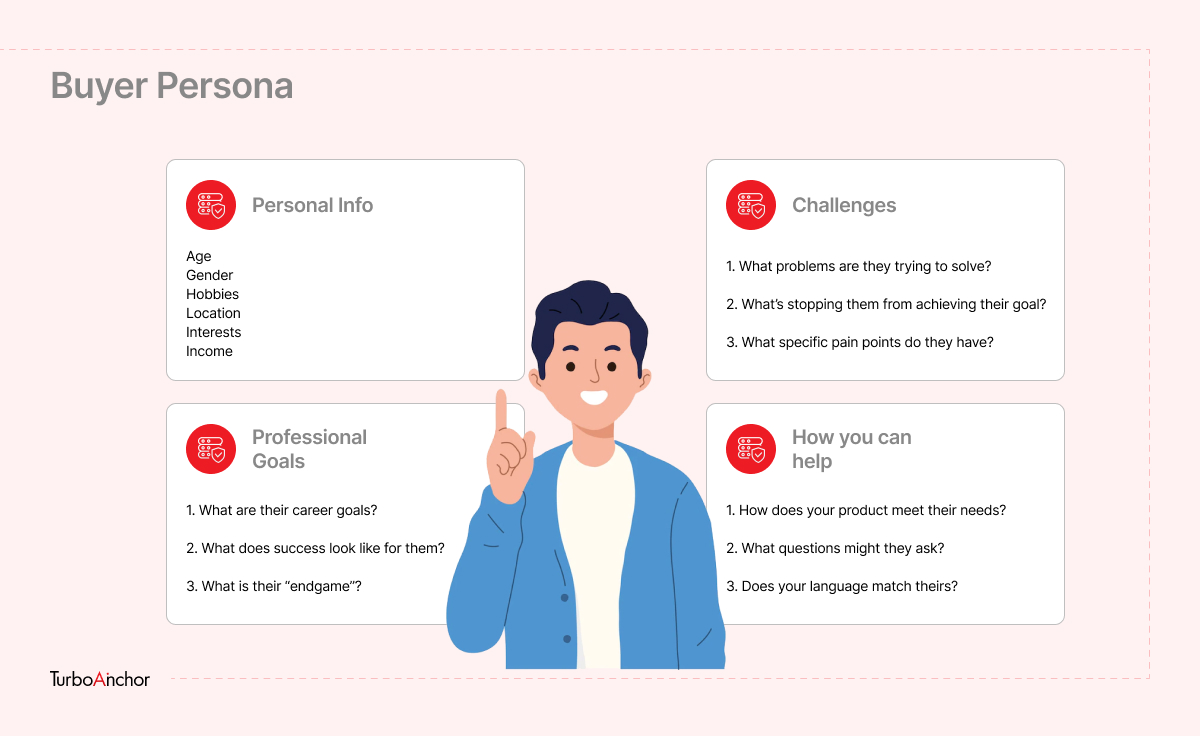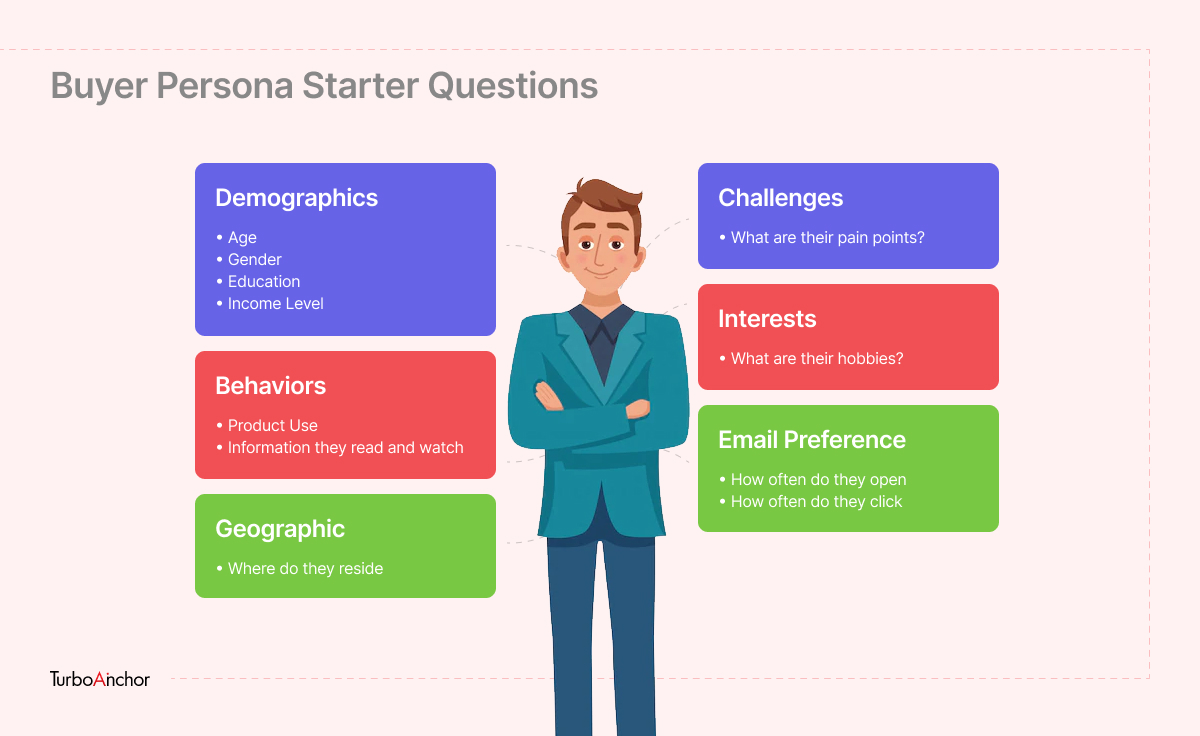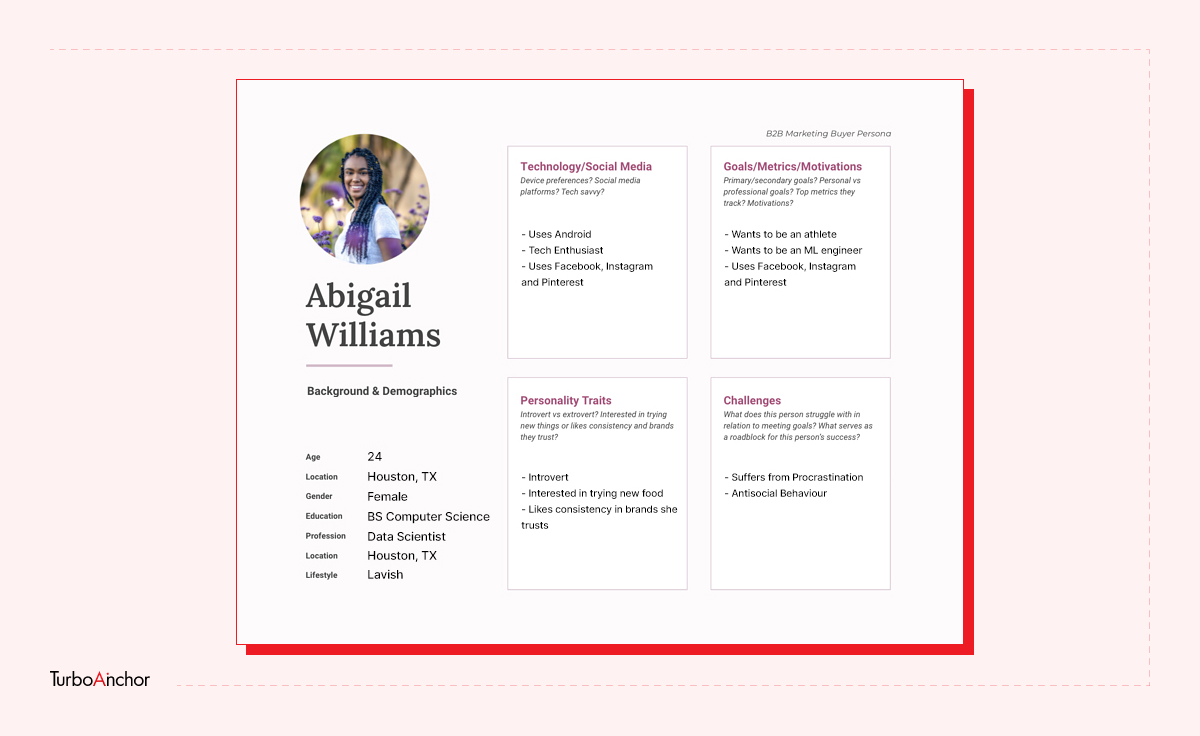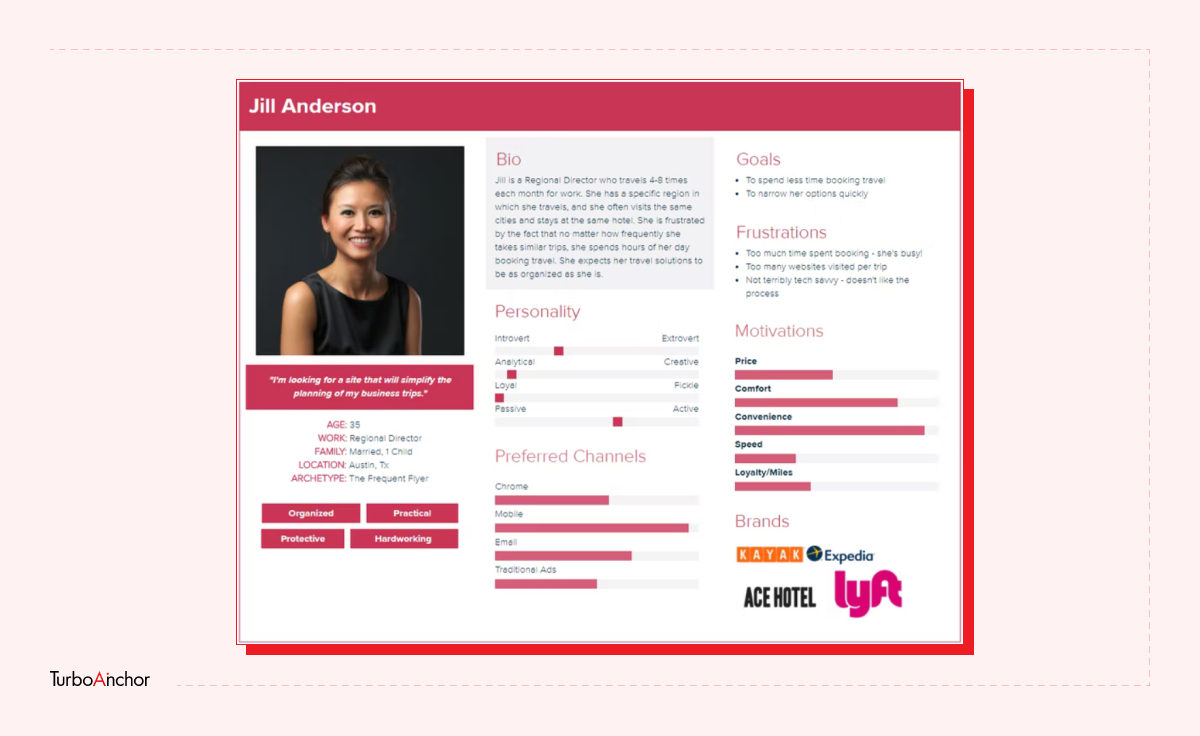How To Use Buyer Personas To Improve Your Marketing Strategy?
Posted on: July 4, 2022 7:18 AM
You might have heard about the word “buyer’s persona” a couple of times. But you might not know what it’s all about? Let’s start with basics like what a buyer’s persona is?
Well speaking of buyer’s persona, it’s a made-up representation of your target/ideal customer. A buyer’s persona gets you a clear picture of who you’re marketing, and what interests, challenges, and problems they face. It’s usually called customer persona or marketing persona either way they all mean the same thing.
Buyer’s persona helps you understand your business & empathize with their customers to achieve better and help them. You need to make more than a single buyer’s persona since there are different types of customers, who may buy a product for a different reasons.

You’ll assign a name to this buyer’s persona, demographic details, interests, and behavioral characteristics. Understand their goals, dislikes, and buying habits.
When creating your buyer’s persona, you should be sure they should be based on reality and your marketing goals. Even though these buyer’s personas are fictional customers, they are created through data collected. In the form of surveys, interviews, questioners, research and information related to your business. On the other hand, you can also gather information through a contact database or by creating feedback forms. You can go with a straightforward approach and ask customers what they like and dislike about your product or service.
Following are some steps you can take to create your buyer’s persona,
The first step of every business is to discover who your target audience is? and what interests them? And that’s all possible by conducting audience research. It will help you create a customer persona and give you intel that is new to you. You can checkout and shortlist your loyal customers and those who make purchases back to back. Figure out what thing is common among them and create a persona that can get you more similar prospects. You can gather information or details (age, demographics, location, interest, behavior, or B2B buyers persona) from analytics such as Facebook insights & Google analytics.
For a more practical approach, you can directly contact your customers. This will give you an opportunity to ask follow-up questions and get to know them more personally. You can even go for the customers having the opposite experience. What they didn’t like about your product or service? Or for whom your product or service is suitable? You can get information from your multiple customers by just sending them survey emails as well. Here is how you can fill out your buyer’s persona basic information:

Well, finding out commonalities among your customers isn’t just the end of the story here. As we discussed before, customers will buy different products for different reasons. So, therefore, you should organize those previous details into separate personas. For that, you need to seek out the people in your audience having similar goals & challenges. Then segment them into different categories, portraying different personas.

Now, this is where you’ll filter the details you learned from questioning previously, including discussions with “why” or “what” and “How”. Most importantly, connect them, pointing people to how your business can help them out.
For example, You are a gym instructor and you have two clients. One wants to get prepared for a bodybuilding competition and the other just wants to lose weight. So two different personas are necessary since their goals are so different.
Until now, you are aware that a buyer’s persona is a fictional description of your ideal customer. Like how an author starts a tale, the first thing written out is the protagonist’s name, and then the most crucial part is the story. Coming back to writing to the buyer’s persona, you can start by asking yourself questions like:
The more detail (like adding images) you put in the more vivid your persona will be. That will not just help you to create personalized content but also help you market and sell more personally.
Clustering content can also help with targeting the relevant audience. For detailed information, you can read our post what are topic clusters & how to get started?

Now you have clearly defined your customer’s persona, it’s time to think about developing a marketing strategy that will help you achieve your targets or goals.
You can achieve that by aligning your marketing strategy with your user personas:
Also Read: How to Optimize Your Digital Marketing Strategy for 2022
A buyer’s persona is important because it allows businesses to better understand their target audience. By understanding who their target audience is, businesses can create marketing and sales strategies that are more likely to be effective. Additionally, having a well-defined buyer’s persona can help businesses to avoid wasting time and resources on marketing efforts that are not likely to be successful.
A persona includes demographics, behavior patterns, motivations, and goals. The key components of a buyer persona are:
Well, the sole reason is to learn more about your buyer’s habits, their goals, likes & dislikes, and what makes them come back to you or the other way around. While creating buyer personas enables brands to understand why somebody is buying their products and services and how they can increase customer retention.
-OR-
There are a few key reasons why it’s important to understand your best buyer or customer personas:
It allows you to better understand your target market and who your ideal customer is. By understanding who your ideal customer is, you can more effectively market to them and target your advertising efforts.
It helps you create more personalized content. By understanding the needs, wants, and pain points of your target market, you can create content that appeals directly to them and helps them solve their problems.
It allows you to focus your sales efforts on the right people. If you know who your ideal customer is, you can focus your sales efforts on reaching out to them and building relationships with them.
It helps you better understand your competition. If you know who your competition is targeting, you can better position yourself against them and differentiate yourself in the marketplace.
It can help you improve your overall marketing strategy. By understanding who your best buyers are, you can tweak and optimize your marketing strategy to be more effective in reaching them.
In the end, we can speak more clearly about the buyer’s persona with that intel in hand. As it helps you get a more in-depth knowledge of your target customer or audience. From their preferred social media platforms to how they discuss their career goals, you can use this information to your advantage.
By following the above steps to create buyer personas for your business, you’ll be able to create content and launch campaigns that get your desired audience and help you skyrocket your business to new heights.